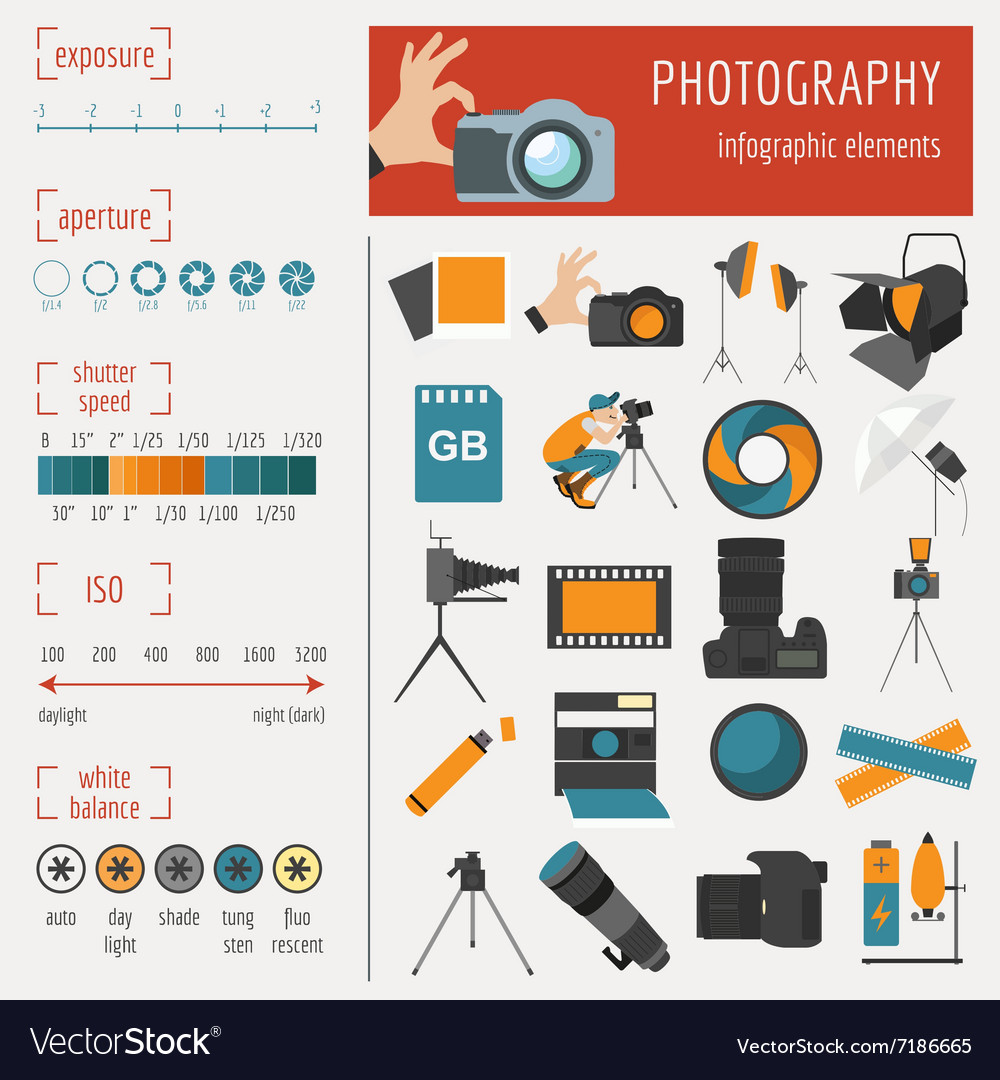Join Us To Discover Necessary Digital Photography Suggestions That Will Open Your Electronic Camera'S Possibility-- Prepare To Catch Spectacular Images In No Time At All!
Join Us To Discover Necessary Digital Photography Suggestions That Will Open Your Electronic Camera'S Possibility-- Prepare To Catch Spectacular Images In No Time At All!
Blog Article
Developed By-Lyons Elmore
When you initially pick up your video camera, it can feel overwhelming with all the settings and options available. You could find yourself asking yourself how to browse aperture, shutter speed, and ISO properly. Understanding these basics is essential, however there's even more to photography than simply technical knowledge. Recognizing composition techniques and illumination problems can raise your pictures significantly. So, what happens if you could discover basic methods to improve your skills and start recording outstanding pictures earlier than you believe? Let's discover exactly how to change your digital photography trip.
Recognizing Camera Settings
Recognizing your electronic camera setups is crucial for catching sensational pictures. When you grab your electronic camera, familiarize yourself with the three major setups: aperture, shutter speed, and ISO. Each plays an important function in just how your images end up.
Begin with aperture, which regulates the quantity of light getting in the lens. A larger aperture (reduced f-number) lets in extra light and creates a stunning background blur, ideal for portraits. Conversely, a narrower aperture (higher f-number) keeps even more of the scene in emphasis, ideal for landscapes.
Next, concentrate on shutter rate. This setting figures out how much time your video camera's sensor is revealed to light. A rapid shutter speed ices up movement, which is wonderful for action shots, while a slow shutter speed can produce spectacular effects like smooth water in landscapes.
Last but not least, readjust your ISO. This setting affects your video camera's level of sensitivity to light. A higher ISO is useful in low-light situations however can introduce sound or grain. Go for the lowest ISO feasible while still achieving correct direct exposure.
Structure Strategies
When you're out shooting, structure can make all the distinction in how your pictures resonate with customers. Start by utilizing the policy of thirds; imagine your structure separated right into nine equal sections with two horizontal and two vertical lines. Setting crucial elements along these lines or at their crossways to develop balance and interest.
Next, take into https://chicago.suntimes.com/2019/9/22/20876563/lan-wall-photography-lightning-storms-instagram leading lines. These natural lines in your scene, like roadways or rivers, attract the viewer's eye right into the photo, guiding them via the story you're informing.
Do not forget framing; use elements within your scene, like trees or windows, to develop a structure around your topic, including depth and focus.
Likewise, keep an eye on your background. A chaotic history can sidetrack from your major subject, while an easy one aids it stick out.
Finally, explore balance and patterns; they can produce a striking image that records attention.
Learning Lights Conditions
Grasping lights conditions is crucial for capturing magnificent photographs, as the right light can transform an average scene into something remarkable.
Start by observing all-natural light at various times of the day. Mornings and late afternoons offer the most effective light, known as the gold hour. The soft, warm tones throughout these times can boost your images magnificently.
Do not shy away from overcast days either; diffused light can reduce extreme shadows and produce a pleasing effect, particularly for portraits.
Experiment with backlighting by positioning your subject versus the light. This technique can produce a fanciful halo result and include depth to your pictures.
Take note of your electronic camera setups also. Change the ISO, aperture, and shutter speed to match the illumination problems. A higher ISO can assist in low light, but be cautious of grain.
Use a tripod in darker atmospheres to prevent blur.
Lastly, do not fail to remember synthetic lighting. Flash and continual lights can be wonderful devices for controlling light in tough problems.
Final thought
In conclusion, understanding your camera doesn't have to be frustrating. By recognizing your settings, applying composition methods, and utilizing the power of all-natural light, you'll quickly boost your photography skills. Keep in Environmental photographer , practice makes best, so go out there and try out your newfound understanding. With time and commitment, you'll be recording stunning pictures that show your special perspective. Appreciate the trip, and do not neglect to have a good time while you go to it!
